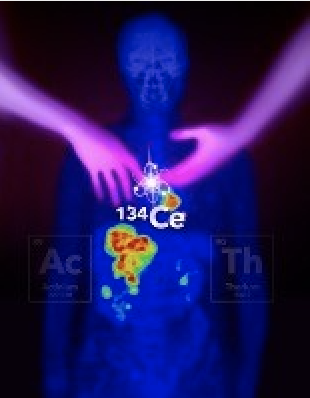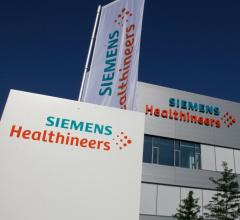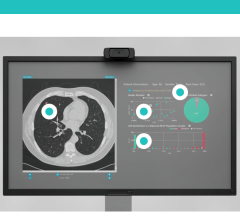
A multidisciplinary team of researchers have demonstrated production, purification, and potential for the 134Ce/134La in vivo generator as a PET imaging surrogate for 225Ac and 227Th radiotherapeutic agents.
December 22, 2020 — Researchers in the DOE Isotope Program have developed an effective radionuclide, cerium-134, as a paired analogue of actinium and thorium that can be imaged using positron emission tomography (PET). Establishing a routine production pathway for cerium-134 is an essential step in advancing the use of the alpha emitters for cancer therapy.
“This advancement offers new possibilities for medical staff and drug developers to better characterize new actinium and thorium therapeutics,” said Stosh Kozimor, lead Los Alamos National Laboratory researcher on the joint project with Lawrence Berkeley National Laboratory, the University of California, and the University of Wisconsin.
Targeted alpha therapies using actinium and thorium radionuclides are emerging as effective treatments for diseases such as cancer, with the potential to treat patients with little to no negative side-effects. But methods to image the radionuclides’ location inside the body are needed to continue the development towards final safe and effective pharmaceuticals. The key to this research is that cerium-134 can be attached to the same chelate/ligand (transport agent which is attracted to diseased cells, e.g. tumors) as the actinium-225 and thorium-227, so that the therapeutic and the diagnostic behave the same. The cerium emits a positron that can be detected with PET and shows where the therapeutic is in the body, identifying its proximity to the diseased tissue in question.
“These promising alpha-emitting isotopes for targeted alpha therapy, actinium-225 and thorium-227, are incompatible with PET imaging, which is essential to studying their therapeutic effect in the body. We overcame this obstacle by developing large-scale production and purification methods for cerium-134, and demonstrating its efficacy in PET for imaging these alpha emitters,” said Kozimor. “This demonstration is an important step toward making this isotope routinely available for clinical use.” The cerium-134, as well as actinium-225 and thorium-229, are available from the DOE Isotope Program.
The paper: Bailey, T.A., Mocko, V., Shield, K.M. et al. Developing the 134Ce and 134La pair as companion positron emission tomography diagnostic isotopes for 225Ac and 227Th radiotherapeutics. Nat. Chem. (2020). DOI 10.1038/s41557-020-00598-7
The funding: U.S. Department of Energy (DOE) Isotope Program, managed by the Office of Science for Isotope R&D and Production. Use of the Stanford Synchrotron Radiation Lightsource, SLAC National Accelerator Laboratory, was supported by the DOE, Office of Science. Additional support from a DOE Integrated University Program graduate research fellowship and a Nuclear Regulatory Commission Faculty Development Grant.
For more information: www.lanl.gov


 December 04, 2025
December 04, 2025 









